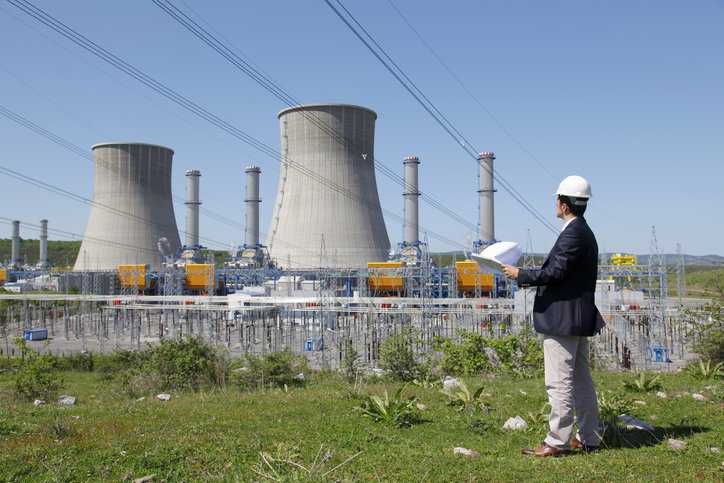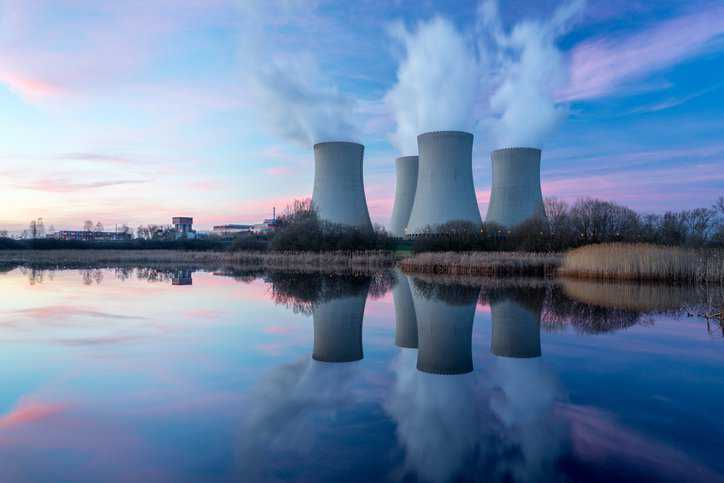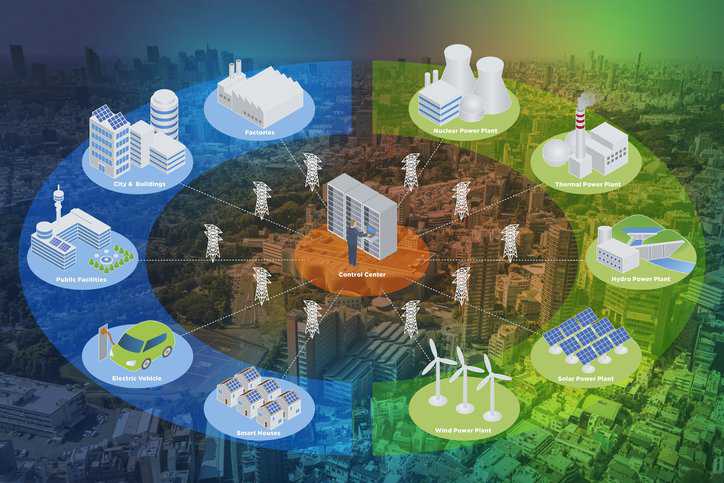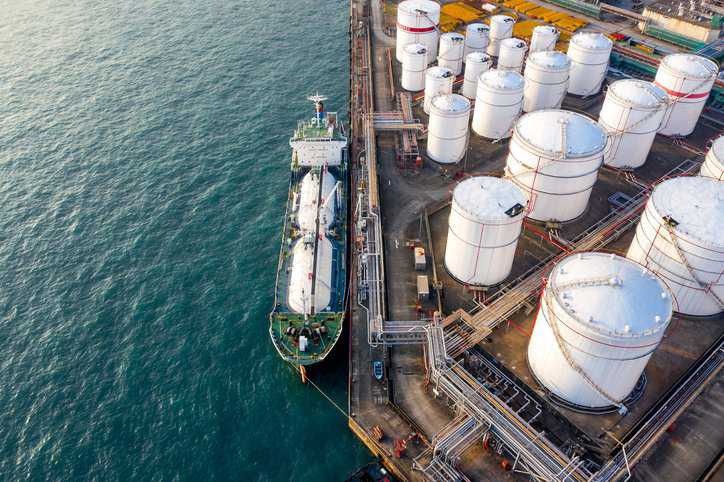ASTM E3224-19: Building Energy Performance
The buildings sector includes energy used for constructing, heating, cooling, and lighting homes and businesses as well as the appliances and equipment installed in them—all…

The buildings sector includes energy used for constructing, heating, cooling, and lighting homes and businesses as well as the appliances and equipment installed in them—all…

Probabilistic risk assessment (PRA) originated in the aerospace industry during and before the Apollo space program: the U.S. space project of the 1960s and 70s…

The United States is the world’s largest producer of nuclear energy, accounting for about 30% of the worldwide nuclear power generation. As such, the nuclear…

Nearly all electricity is consumed in a building of some kind: homes, retail establishments, offices, schools, factories, hospitals—the list goes on. ANSI/ASHRAE/NEMA Standard 201-2016(R2020): Facility…

Cargo ships carry over 90% of global goods. They are typically are powered by heavy fuel oil (HFO)—a residual fuel produced from petroleum refining that…

Wind energy in the United States helps avoid 336 million metric tons of carbon dioxide emissions annually—equivalent to the emissions from 73 million cars. Further, wind…

The fundamental objectives of nuclear safety are the achievement of proper operating conditions and the prevention or mitigation of accident consequences, resulting in the protection…

Approximately 2.32 million cubic feet and 154 thousand curies of low-level radioactive waste were disposed of in 2022. When storing low-level radioactive waste long-term, the…

~440 nuclear power reactors operate across the globe. 96 are in the United States, where they produce nearly 20% of the electricity generated throughout the…